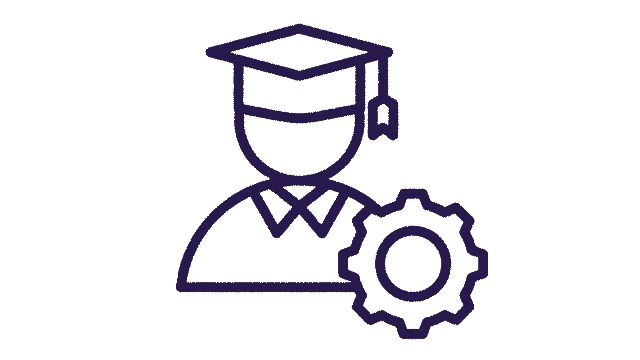
Education Profile
Automotive retail, service and repair training is the largest cohort, with 2.8 times more students enrolled than mining students.
Queensland dominates enrolments for mining, while Western Australia has a high training rate of heavy mechanical, due to mining industry demand.
For the bulk of both the mining and automotive industry’s workforces, a VET-level qualification forms the backbone of their education.
Mining has a higher reliance on tertiary-educated roles than the automotive industry, which is indicative of the industry’s needs for specialised roles, such as mining engineers, metallurgists, geologists, and process engineers, in addition to the other more general professional roles required by both industries like cyber security, communications and finance.
The automotive industry also allows more entry of workers with only secondary school-level education outcomes.
For the three VET training packages associated with the mining and automotive industries, 120,895 students were enrolled across 121 programs of study.
Automotive manufacturing training continues with only 475 students enrolled across the country. The automotive retail, service and repair (AUR) package supports over 22 million vehicles around the country and had 89,475 students enrolled. Mining (RII) qualifications had 30,945 students enrolled.
Queensland had more than half of all RII enrolments, while Western Australia narrowly outperformed Queensland in relation to AUR qualifications. Given that WA only has 11% of the nation’s population, the strong performance of AUR qualifications in WA is likely the result of the mining industry’s need there for a range of AUR-qualified trades people, including heavy diesel mechanics, light vehicle mechanics and auto electricians.
For the mining and automotive industries, 41.5% of training was through an apprenticeship program, and 53.8% of the training was provided by private RTOs.
Highlights of Education
120,895
Total number of students in AUM, AUR and RII packages
41.5%
Percentage of training that is done via an apprenticeship
58%
Percentage of sector delivering private training
How do I find out more?
If you are interested in finding out more about our Workforce Plan and how you may be involved, please contact us.



